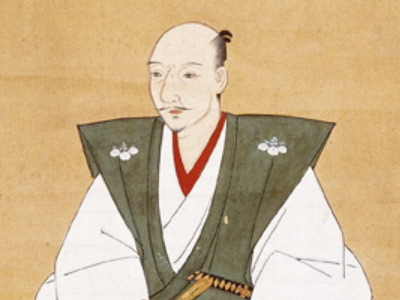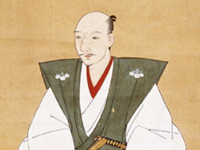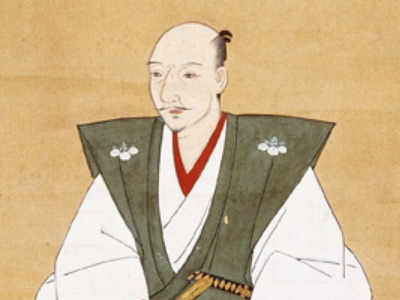Oda Nobunaga (1534-1582)

Policies
Militarily, Nobunaga changed the way war was fought in Japan. He developed, implemented, and expanded the use of long pikes, firearms and castle fortifications in accordance with the expanded mass battles of the period. The firearms that were introduced by the Portuguese had allowed the establishment of firearm brigades in the army. Once the two important musket factories in Sakai City and Omi province were conquered, it gave Nobunaga superior firepower over his enemies. Nobunaga also instituted a specialized warrior class system and appointed his retainers and subjects to positions based on ability, not wholly based on name, rank, or family relationship as in prior periods. Retainers were also given land on the basis of rice output, not land size. Nobunaga's organizational system in particular was later used and extensively developed by his ally Tokugawa Ieyasu in the forming of the Tokugawa shogunate in Edo.
Nobunaga's dominance and brilliance was not restricted to the battlefield, for he also was a keen businessman and understood the principles of microeconomics and macroeconomics. First, in order to modernize the economy from an agricultural base to a manufacture and service base, castle towns were developed as the center and basis of local economies. Roads were also made within his domain between castle towns to not only facilitate trade, but also to move armies great distances in short timespans. International trade was also expanded beyond China and the Korean Peninsula, while nanban (southern barbarian) trade with Europe, the Philippines, Siam, and Indonesia was also started.
Nobunaga also instituted rakuichi rakuza (楽市楽座) policies as a way to stimulate business and the overall economy through the use of a free market system. These policies abolished and prohibited monopolies and opened once closed and privileged unions, associations and guilds, which he saw as impediments to commerce. Even though these policies provided a major boost to the economy, it was still heavily dependent on daimyos' support. Copies of his original proclamations can be found in Entoku-ji in the city of Gifu. He also developed tax exemptions and established laws to regulate and ease the borrowing of debt.
HISTORY

RESOURCES
This article uses material from the Wikipedia article "Oda Nobunaga (1534-1582)", which is released under the Creative Commons Attribution-Share-Alike License 3.0.
© Stories Preschool. All Rights Reserved.









